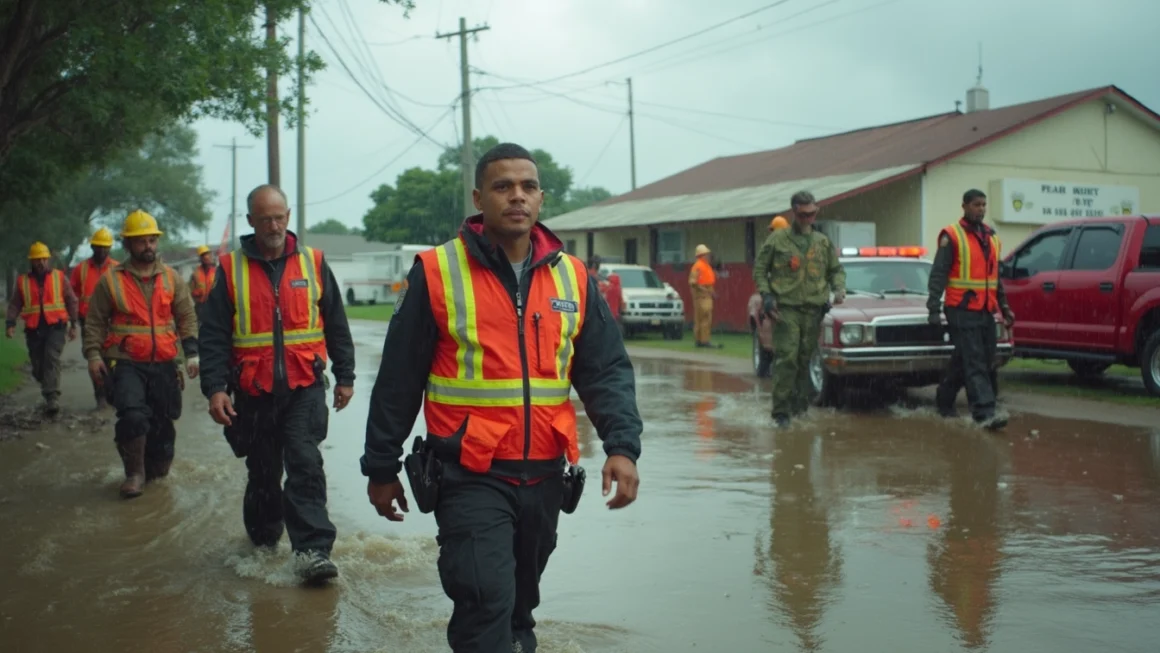In the midst of severe weather events, such as hurricanes, the dissemination of accurate information becomes critical. However, with the rise of digital misinformation, the challenge of discerning fact from fiction is more vital than ever. This article explores the proliferation of hurricane-related misinformation and addresses the negative impacts of such false narratives.
The Spread of Hurricane Misinformation
Table of Contents
Hurricane misinformation typically surfaces in various forms, ranging from exaggerated forecasts to fake imagery, such as the infamous “street shark” photo. Viral content can often spread faster than the factual updates provided by official meteorological sources, leaving the public susceptible to believing these misleading narratives.
Types of Misinformation
- Fake Photos: One widely circulated image in the wake of many hurricanes is the street shark, a misleading photo placing a shark swimming down a flooded street. Such images often evoke fear and confusion.
- Exaggerated Predictions: False forecasts predicting catastrophic outcomes often circulate on social media, causing unnecessary panic.
Risks Associated With False Information
The impacts of hurricane misinformation are significant and multifaceted. From causing undue panic to leading individuals to make uninformed and potentially dangerous decisions, the repercussions are extensive.
Public Safety Concerns
Misinformation can lead people to ignore official warnings or make poor judgments based on exaggerated claims. For instance, if individuals believe a fake forecast predicting safety when danger is imminent, it can result in dire consequences.
Combating Hurricane Misinformation
Combating misinformation in hurricane situations involves a multi-faceted approach. Both public education and technological solutions play crucial roles in addressing this pervasive issue.
Role of Technology
Leveraging technology can significantly help in curbing the spread of misinformation. Algorithms designed to detect and negate false information on platforms can be a potent tool in this regard.
Public Awareness and Education
Educating the public on how to identify and verify reliable sources of weather information is paramount. Encouraging reliance on official sources like national meteorological services and trusted media outlets can reduce the spread of misinformation.
Conclusion: Becoming a Well-Informed Individual
In the age of digital information, remaining vigilant against misinformation is not just important, it’s imperative. Individuals are encouraged to critically evaluate the sources of their information and rely on trusted outlets for updates. By doing so, they contribute to a well-informed community.
For further knowledge and insights into digital phenomenons, and how technology can assist in tackling misinformation, consider visiting my professional portfolio for additional resources and discussions on related topics.
Ultimately, fostering an environment where accurate information prevails helps communities stay safe and informed, especially during critical times such as hurricanes.




